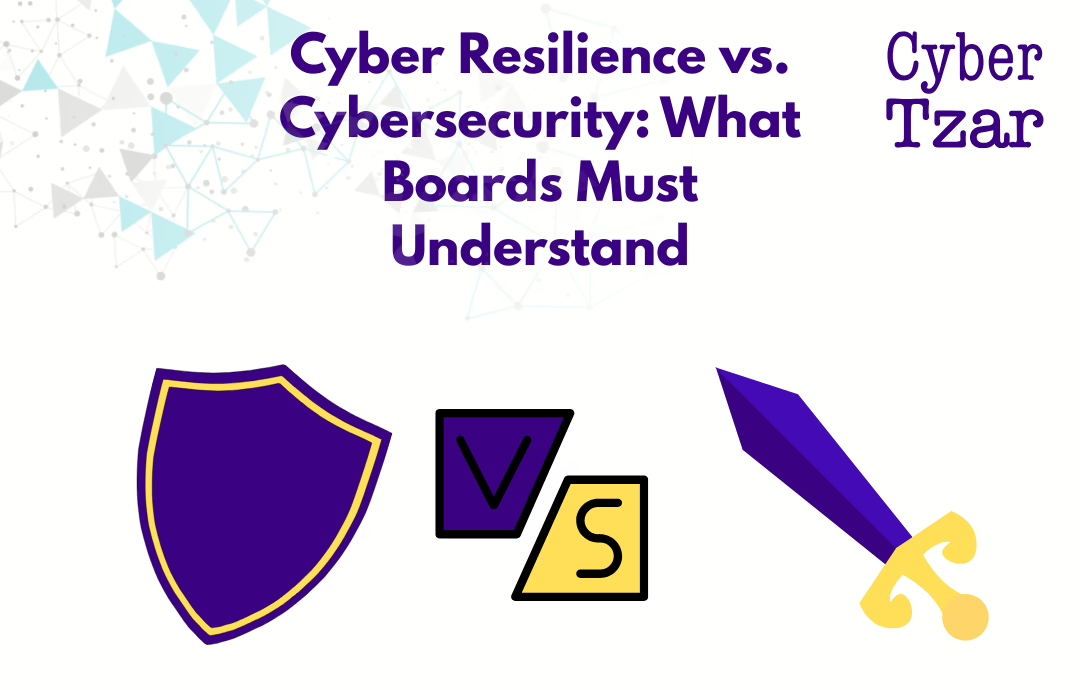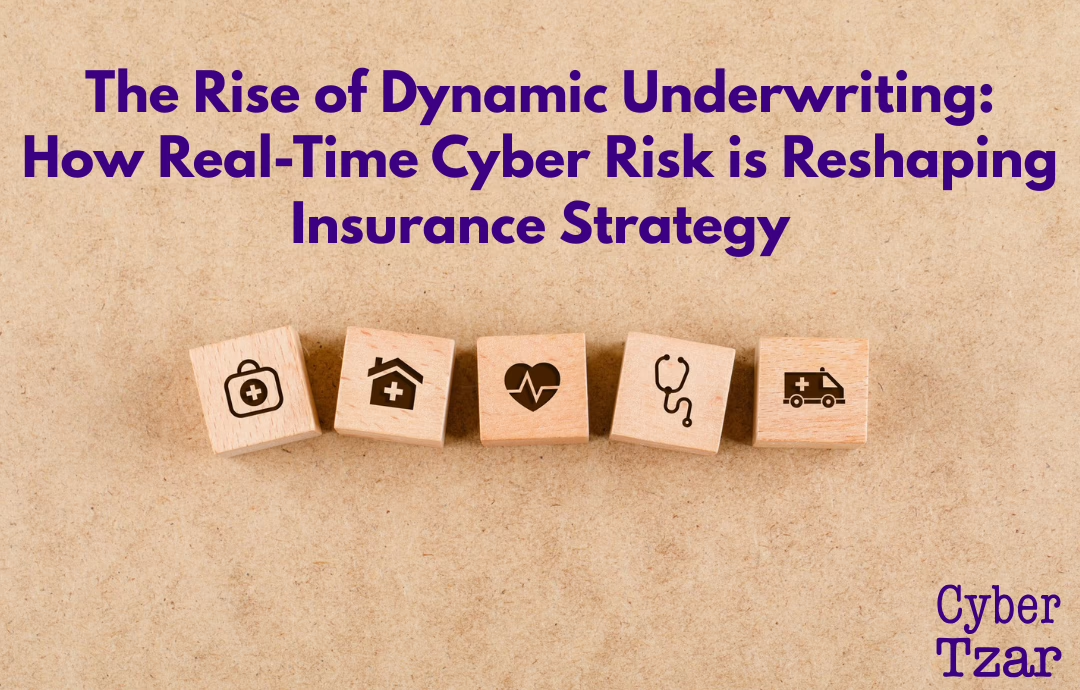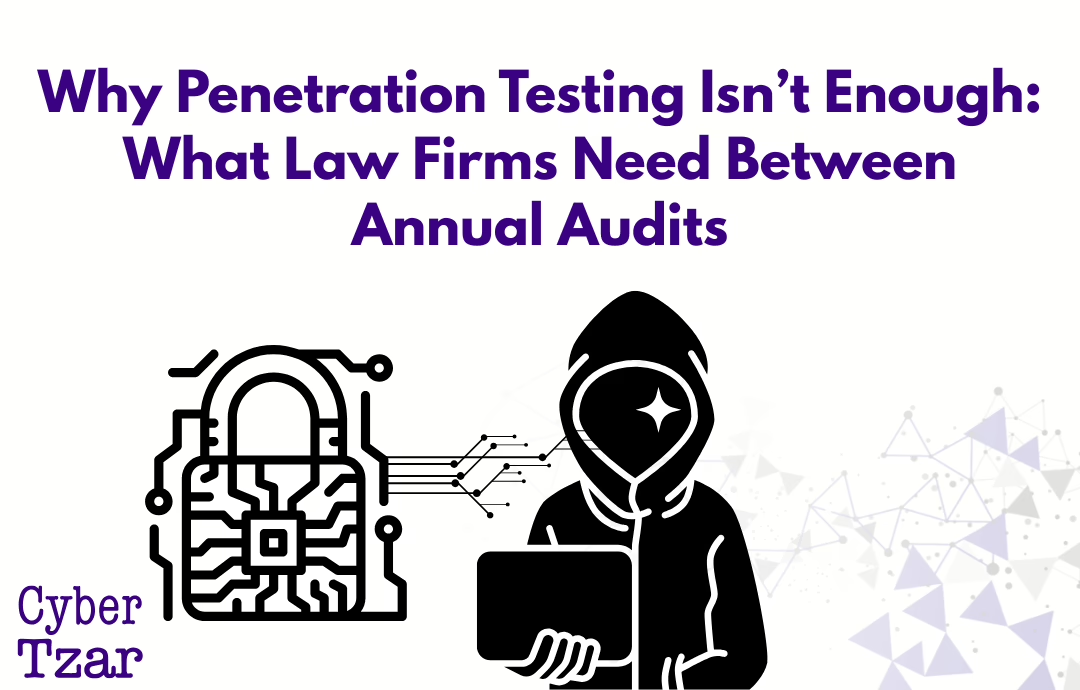Cybersecurity has been on the boardroom agenda for years — but in 2025, resilience is taking its place.
Executives are starting to realise that no matter how many controls are in place, cyber incidents will still happen. And when they do, the real question isn’t whether you were breached — it’s whether you can keep operating, recover quickly, and maintain stakeholder trust.
This is the essence of cyber resilience. And for board members, understanding the difference is now a matter of fiduciary responsibility.
Cybersecurity vs. Cyber Resilience: What’s the Difference?
| Cybersecurity | Cyber Resilience |
|---|---|
| Focuses on prevention | Focuses on response and recovery |
| Seeks to keep attackers out | Assumes breaches will occur |
| Prioritises tools, controls, and policies | Emphasises adaptability and continuity |
| Often sits with IT | Requires cross-organisational ownership |
| Measured by audit or compliance | Measured by impact containment and response |
In other words: security is the lock; resilience is your ability to carry on even if the door is opened.
Why Boards Must Lead on Resilience
📉 Regulatory pressure – New laws like DORA (Digital Operational Resilience Act) and NIS2 demand provable recovery capabilities
📊 Investor scrutiny – LPs and analysts now ask how quickly you can bounce back from a breach
📞 Customer expectations – Downtime, poor communication, or sloppy recovery damages loyalty
🔐 Insurance alignment – Underwriters want to see business continuity and incident response plans, not just technical controls
Key Questions Boards Should Be Asking
-
Do we have a tested cyber incident response plan?
Not just a document — a process that’s rehearsed and understood at all levels. -
Can we operate if our systems are down for 24 hours? 72 hours?
What services can be prioritised or delivered manually? -
Which suppliers are critical to continuity — and how resilient are they?
Third-party outages can knock you out even if your own systems are intact. -
How often is our backup recovery tested — and who signs off on it?
-
How are we measuring improvements over time?
Without metrics, resilience becomes anecdotal.
How Cyber Tzar Helps Leaders Build Resilience, Not Just Compliance
Cyber Tzar supports board-level cyber oversight by:
✅ Scanning your environment for vulnerabilities that could affect continuity
✅ Benchmarking your posture against peers and sectors
✅ Identifying critical suppliers and third-party risks
✅ Supporting board reporting with clear, non-technical dashboards
✅ Helping integrate cyber metrics into wider risk management frameworks
We help executives and non-technical leaders move from reactive firefighting to proactive preparedness.
💼 Want to brief your board on real-world cyber resilience?
Start with a strategic scan and executive report at cybertzar.com



